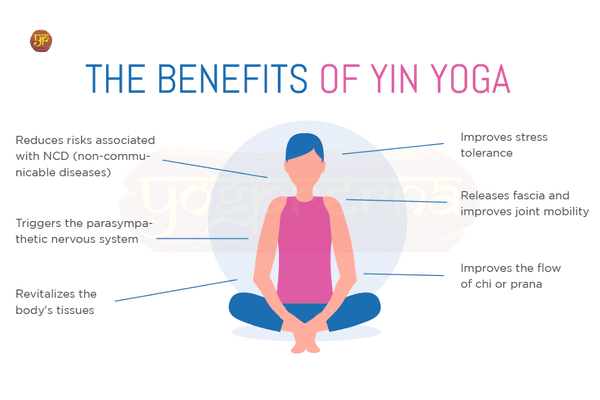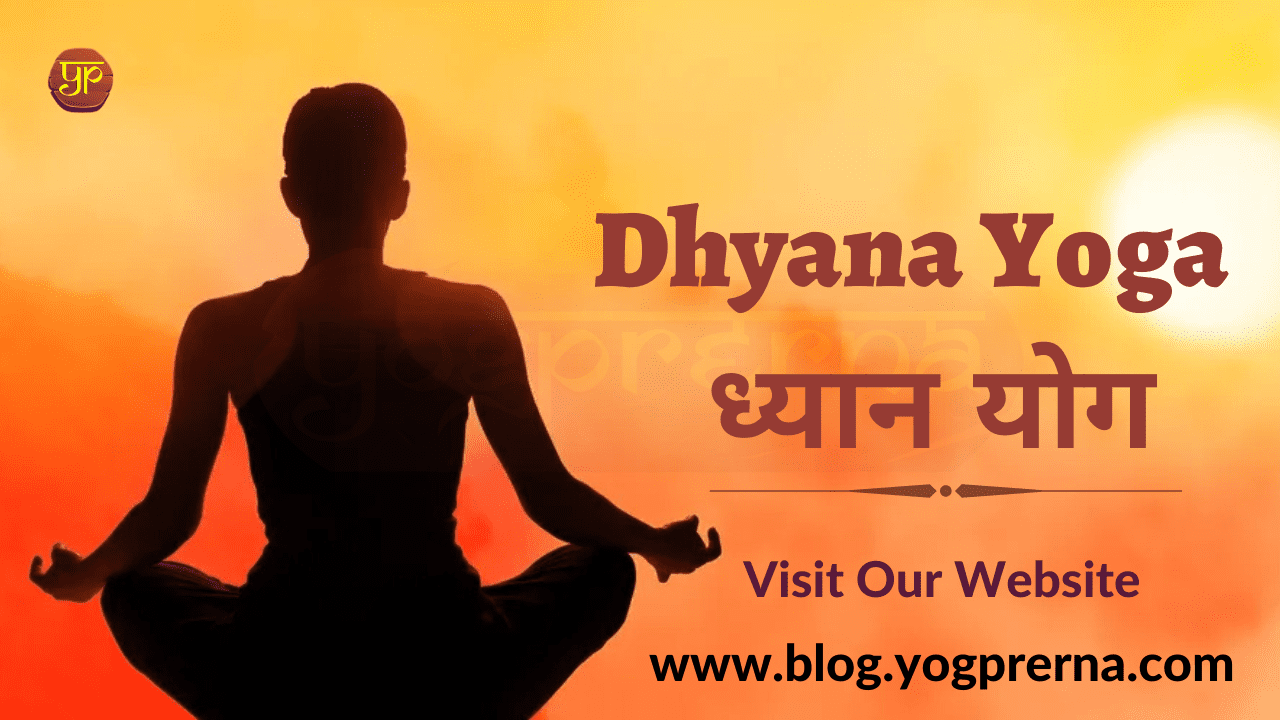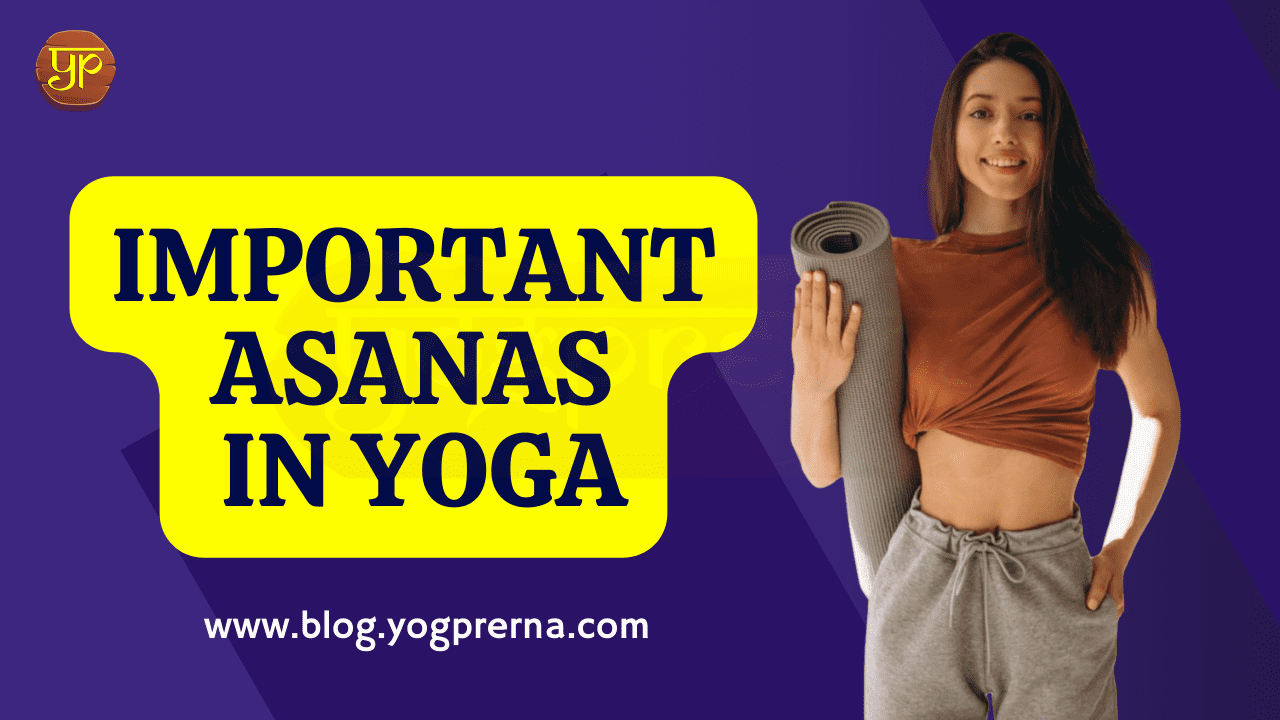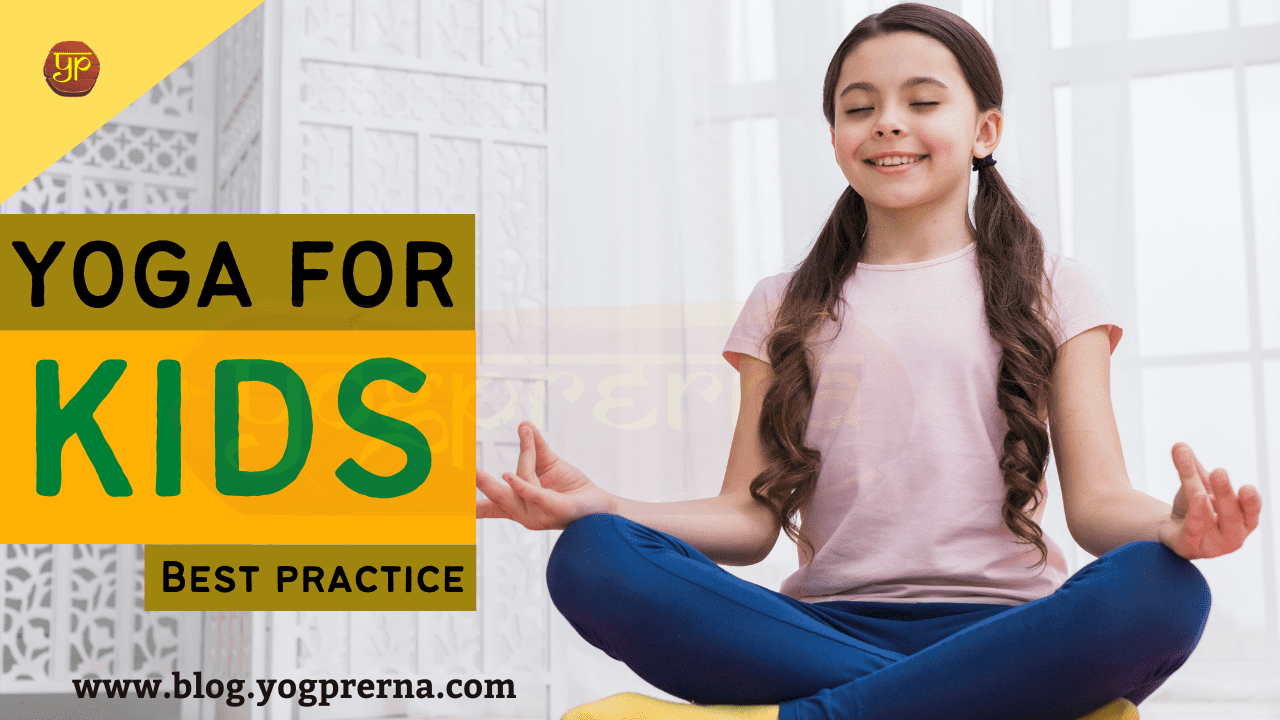Yin Yoga and its Benefits
Any yoga, exercise, or positive health routine would benefit from including yin yoga.
A frenetic, fast-paced life or strenuous exercise are the ideal complements to this slow, peaceful style of yoga. Yin yoga uses calming, gentle poses to reduce stress, improve breath awareness, and cultivate awareness.
- Yin Yoga and its Benefits
- What exactly is Yin Yoga?
- Benefits of Yin Yoga
- The yin practice can aid in restoring the range of motion to the body.
- The body’s fibers are rejuvenated by yin yoga.
- Yin presents a special chance to develop compassion for the body.
- We are made to slow down by the yin practice.
- Yin Yoga can help reduce or eliminate stress.
- Yin Yoga and its benefits help with your balance.
- A yin practice’s calm prepares us for concentration.
- Long Sessions of Yin Yoga help to deal with our emotions.
- Frequently Asked Questions (FAQ)
Learn more about yin yoga and its benefits, who it’s perfect for, and introductory poses by reading on.
What exactly is Yin Yoga?
The poses in the Yin yoga style are held for three to five minutes at a time. Yin is a contemporary version of traditional yoga positions that was developed in California in the 1980s. It usually consists of stances sustained for three to twenty minutes at a time.
With Yin yoga, we focus on the interconnected tissues of the body, such as the tendons, joints, bones, and deep fascia networks, as opposed to Yang yoga techniques (Ashtanga, Vinyasa), which primarily target the “trivial” muscles.
A typical Yin session includes several passive floor positions that are held for up to five minutes or longer. These positions primarily target the lower body’s hip joint, inner thighs, hips, and pelvis. Connective tissues are particularly abundant in certain regions.
The intention is to promote intellectual, physical, and “Nadi” stimulation. Nadis are thought of as passageways in the body that transport energy, water, oxygen, blood, and bodily fluids around, comparable to canals in Chinese medicine. You may also hear the term “energy lines” used to describe them.
Benefits of Yin Yoga

The yin practice can aid in restoring the range of motion to the body.
Muscles must be capable of moving over one another in rings of fibrous tissue for a balanced range of motion. However, these soft tissues can become bound together due to injury, ingrained posture from daily life, and aging, among other things. Such adhesions limit mobility between the friction forces of the muscles.
The body’s fibers are rejuvenated by yin yoga.
Just like an old, rigid sponge, our body’s tissues can be revitalized by a good, extended bath. The tissues stretching, moisturizing, and growing more malleable while you hold a yin position is a gentle release that pulls you further into the pose. You may feel the muscles being extended, pushed, twisted, and crushed if you pay close attention. You might have a massage-like sensation after engaging in a yin practice.
Yin presents a special chance to develop compassion for the body.
A yin practice’s subtlety helps us reconnect with our bodies and realize how extraordinary we truly are. As we travel further within, we become more aware of our internal workings, relating to our vital organs, breathing and circulatory processes, and muscular and skeletal feelings. This increased understanding of how the body works ultimately leads us closer to tranquility.
We are made to slow down by the yin practice.
Long holds in Yin positions give the opportunity to soak up the silence. Time expands when you let yourself remain in the present moment and witness the very subtle changes that take place while keeping a yin posture. There is so much room for relaxation and regeneration when deadlines, obligations, urgent issues, and to-do lists recede into the background.
Yin Yoga can help reduce or eliminate stress.
Keeping a stance for a long time can make you feel anxious. However, the body adjusts when we approach it delicately. A prevalent topic in yin yoga and its benefits is surrender, and we may apply this lesson to our everyday lives by letting go of the need to control events. Lessening our propensity to stress can be accomplished by developing the capacity to adjust to life’s ups and downs and to handle change with grace.
Yin Yoga and its benefits help with your balance.
It takes balance to maintain your personal wellness and health. The white and black forms in the yin/yang symbol are perfectly balanced, as can be seen. Many of us have very energetic (yang) lives with little to no time for cultivating our calm, contemplative sides. This can wear you out over time on a physical, mental, and emotional level. By practicing yin, we can regain homeostasis and experience wholeness.
A yin practice’s calm prepares us for concentration.
Finding meditation is not always necessary; occasionally, it finds you. The yin practice primes us to access the spectrum of meditation. We hardly ever see ourselves as we truly are because distractions and a mental fog obscure our vision. In a yin meditation, we can create chances for physical quiet while simultaneously setting up the ideal environment for mental clarity. We are able to recognize our genuine selves at these priceless moments.
Long Sessions of Yin Yoga help to deal with our emotions.
While engaging in any type of yoga, it’s typical for delicate ideas, sentiments, and sensations to come to the surface because our bodies store feelings. We learn how to be kind, patient, and unassertive from Yin. Situations are secure when feelings come to the surface.
Conclusion
People of all fitness levels who want to create a calm, contemplative practice or complement a rigorous workout regimen might consider yin yoga and its benefits. If you’re fresh to yoga, use medication, or have any health issues, get in touch with a medical professional.
If you want to take a class from a knowledgeable instructor and get connected to a welcoming group, search for yin yoga classes at your neighborhood studio or online. You’ll start to experience the various advantages of slowing down and looking inside with time and practice.
May You Like – Patanjali Ashtanga Yoga || Bhakti Yoga in Bhagavad Gita || Art of Yoga and Meditation
Frequently Asked Questions (FAQ)
-
What is Yin Yoga and its Benefits?
When you engage in this activity this may you slow down, unwind, and focus on yourself, which relieves stress and recovers your vitality. Moreover, yin yoga increases flexibility increases blood flow, and helps ease tension.
-
What are the 3 principles of yin yoga?
The three principles (Tattvas) of yin yoga are:
-Reach the proper depth in the position.
-Decide to do nothing.
-Maintain your pose for a while. -
Is Yin Yoga OK for beginners?
A yoga exercise that can take many different paths and last for the rest of your life can be started with the help of yin yoga. Yin Yoga is a great place for newcomers to start their yoga experience.
-
How many poses are in Yin Yoga?
There are only 26 yin poses in total, and although they replicate yang poses done in vinyasa practices, they look different in their titles and intended benefits.





